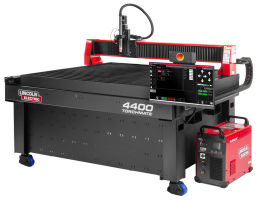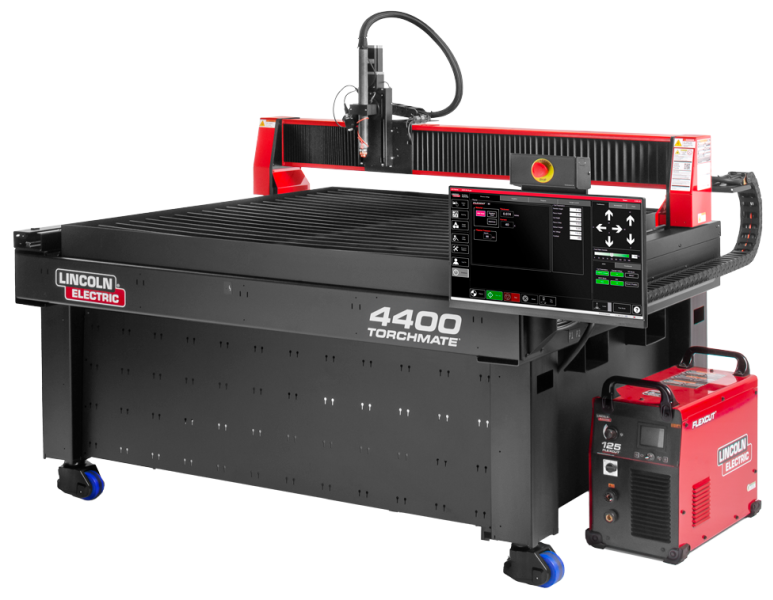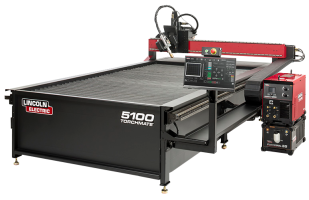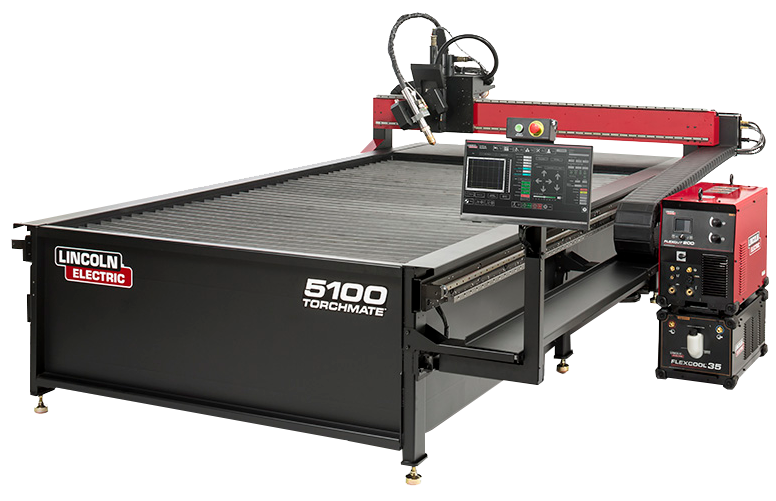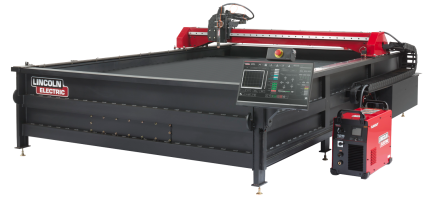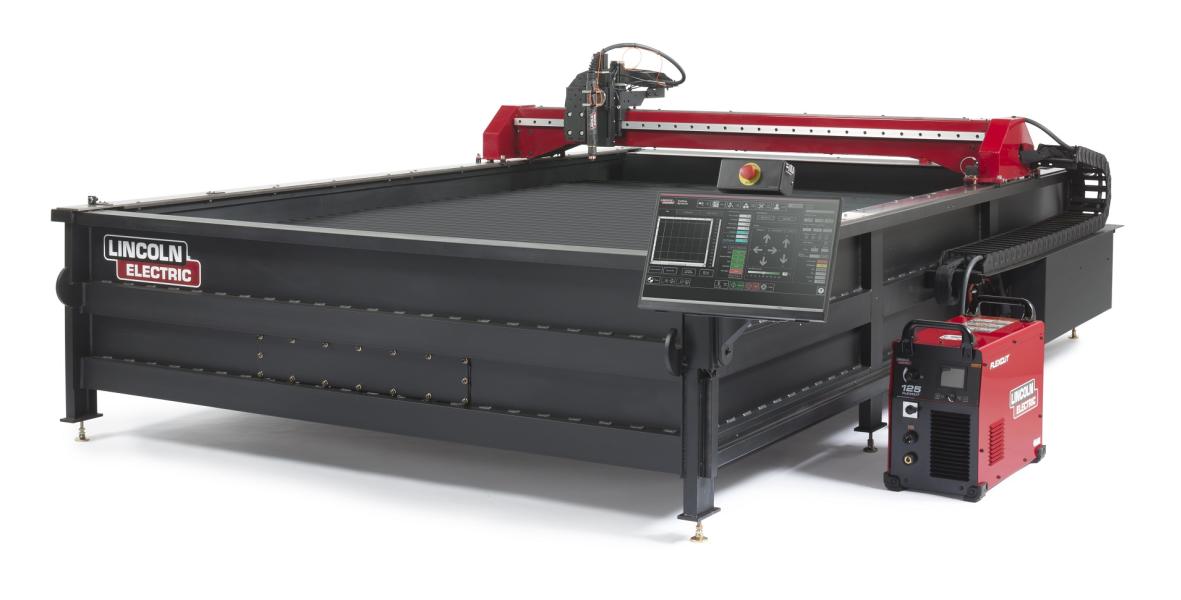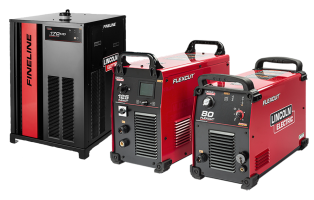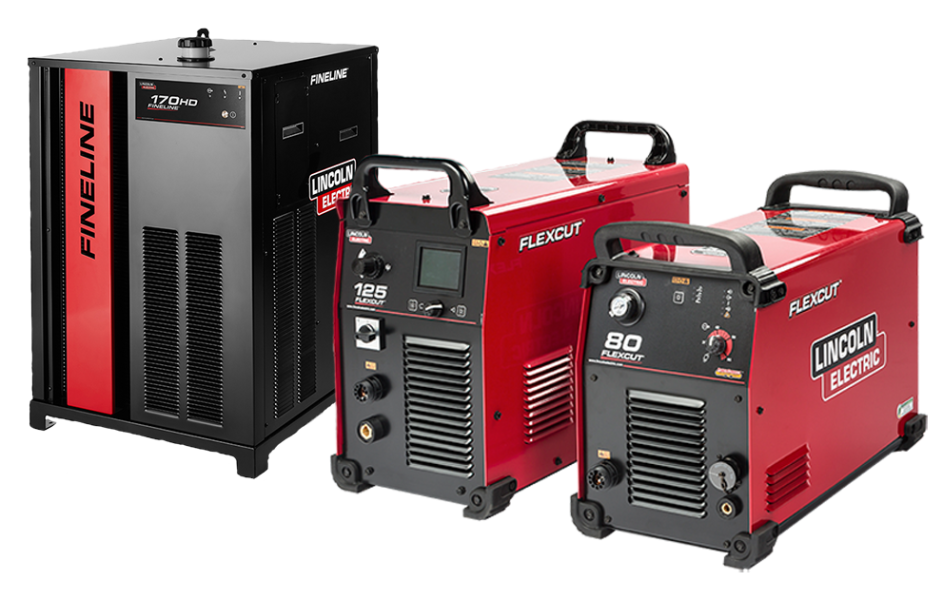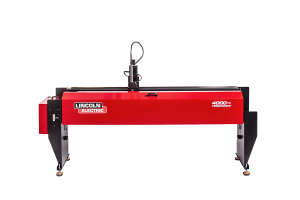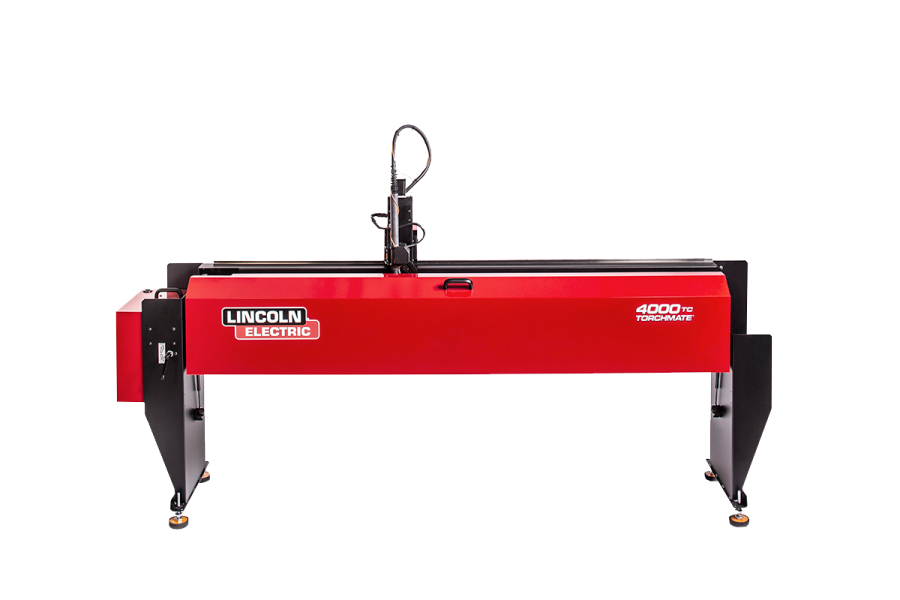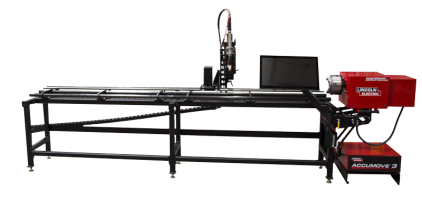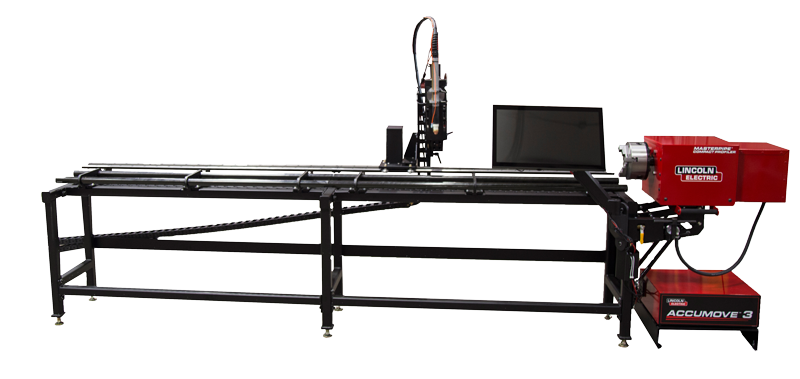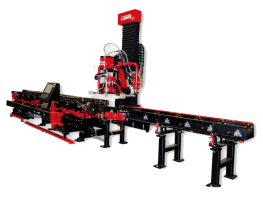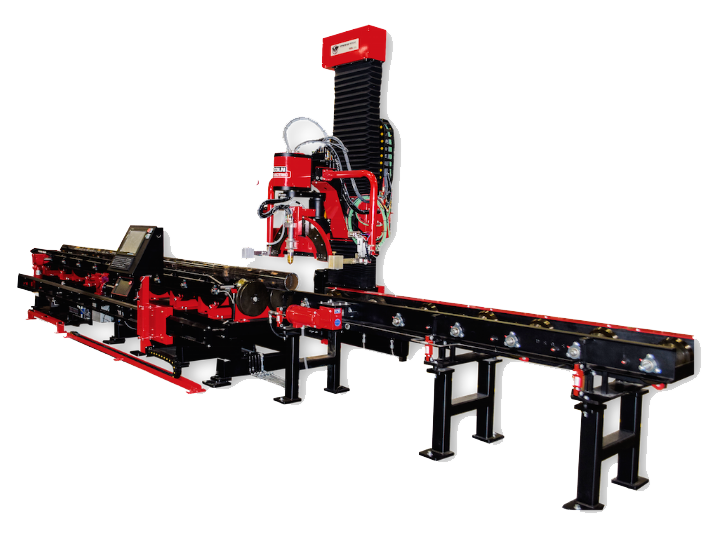Table Motion Issues
Table Motion Issues
Table motion issues can crop up in many forms but there are generally a few specific mechanical parts that can be checked to eliminate most of the problems. Motion problems stem from three main causes slipping, backlash, and binding.
► Slipping is caused when a set screw along a certain axis is loose, this in turn causes holes to have flat edges and in extreme cases can cause an axis to not move at all. Torchmate tables utilize a few set screws where each motor attaches to keep parts attached to a shaft. Ensuring that these set screws are tight will eliminate any slipping that can happen.


► Backlash has a similar effect as slipping as well as minor position loss. Backlash is caused when a gear or belt slops around in its travel. To test for backlash have the motor drive box on, with power the motors will resist being turned. Grab the belt that attaches the two drive pulleys together and attempt to move the table, with a light push there should be no movement of the motor or the gear in the gear rack.

If any wiggle exists this can be fixed by adjusting how tight the belt is and how the gear rack is spaced from the gear. To adjust belt tightness loosen the four screws that hold the motor to the motor plate and pull the belt tight, then tighten the screws back on, this may be a two person task as the tighter the belt the better. To adjust gear rack spacing loosen the two bolts that hold the motor plate to the table and move the whole drive assembly in and out. The goal is to have the gear in the rack with about a paper’s width of space between the gear and rack. If the gear is too tight in the rack binding can occur.
► Binding happens when the table encounters something along its motion that either stops the table or temporarily slows the table down. When using a stepper motor system any sort of binding will generally be associated with a loss of position. Servo motors because they use encoders to track position will not necessarily loose position when bound but can enter a fault state where the motor shuts down. If binding happens the first thing to check is where the binding occurred, inspect this area to see if there is an obstruction or defect that can cause irregular motion. Next run the same program again, Cut Disabled if necessary, and see if the binding occurs at the same spot. If binding is consistently at the same spot on a table this indicates a mechanical problem in this area.
If the binding arises randomly in the table’s motion this can indicate a setting that may need to be adjusted. If the Maximum Feed Rate is set too high the motors will not have sufficient torque to travel through the minor resistance of a table. Try dropping the Maximum Feed Rate in Configuration > Machine > Feed Rate / Ramping this gives the motor more torque to work with when traveling.
Binding can also be caused by a gantry no being square with the support table. In this case loosen the motor mounts so the gantry moves freely and push the gantry by hand to one end of the table. Square the gantry up to the end of the table and retighten the motor brackets.
These steps cover the common motion problems if other issues are being encountered please contact Torchmate technical support for addition help in solving these issues.



